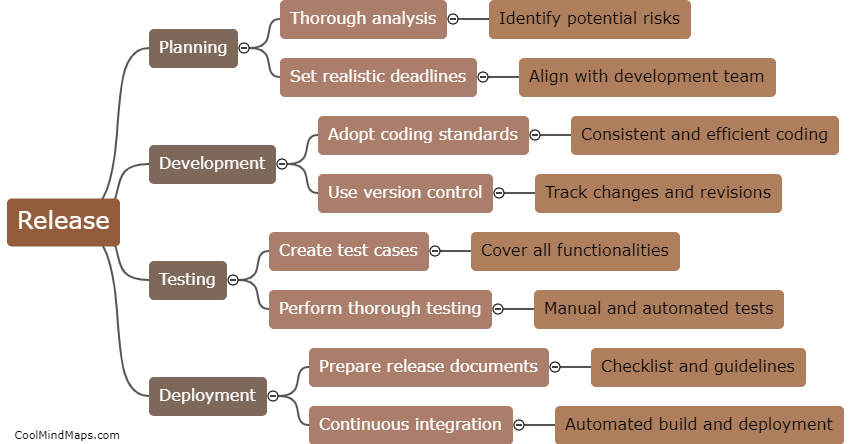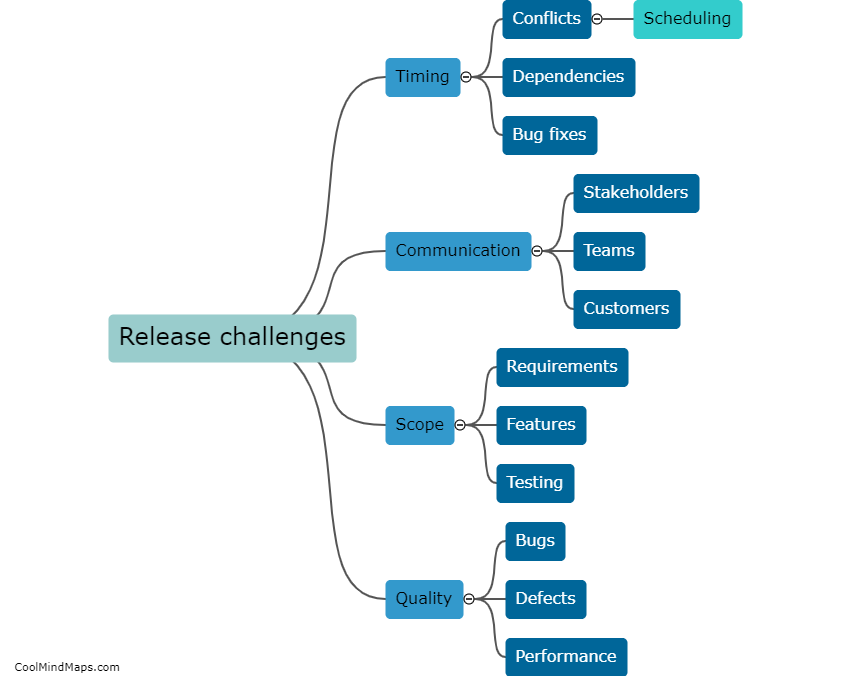How can the risk of errors or bugs be minimized during a release?
Minimizing the risk of errors or bugs during a software release is crucial to ensure a smooth and successful deployment. One effective strategy is thorough testing, including both automated and manual testing, to identify and fix any issues before release. Implementing a periodic code review process, where experienced developers review the code for potential errors or bugs, can also help catch problems early on. Additionally, using version control systems to track and manage code changes allows for easier identification and rollback of faulty code. Following best practices and coding standards, including using design patterns and modular coding, can also minimize the chances of introducing errors. Finally, involving stakeholders and end-users in the review process, providing proper documentation, and considering their feedback can help identify and rectify any issues early on, ensuring a more stable and bug-free release.

This mind map was published on 28 July 2023 and has been viewed 129 times.











